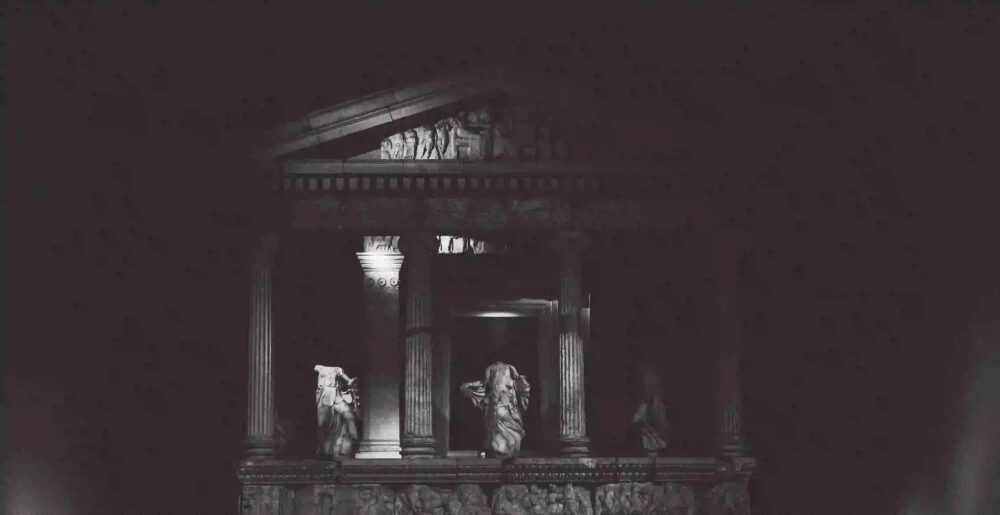Magic and sorcery have been part of human mythology for centuries, captivating our imagination and inspiring countless tales of witches, wizards, and enchantments. From the ancient myths of sorcery to the modern portrayal of magic in literature and media, the allure of these mystical elements continues to fascinate and enthrall us. In this blog post, we will delve into the rich mythology of magic and sorcery, exploring the roles of witches, wizards, and enchantments in different cultures and their enduring impact on our collective imagination.
The Enigmatic Witches
Witches have long been a prominent figure in folklore and mythology, often portrayed as powerful and enigmatic individuals with the ability to cast spells, brew potions, and commune with supernatural forces. The archetype of the witch has evolved over time, with different cultures attributing varying characteristics to these mystical figures. In European folklore, witches were often associated with the supernatural, possessing the ability to shape-shift, fly on broomsticks, and communicate with familiar spirits. The infamous Salem witch trials in colonial America further perpetuated the fear and fascination surrounding these mysterious women, cementing their place in popular culture.
In contrast, other cultures have celebrated the figure of the witch as a symbol of wisdom and healing. In Wiccan traditions, witches are revered for their connection to nature and their role as healers and spiritual guides. The portrayal of witches in popular media, such as the iconic character of Hermione Granger in the Harry Potter series, has also contributed to a more nuanced and multifaceted representation of witches in contemporary storytelling.
The Enigmatic Wizards
Wizards, on the other hand, have been depicted as male practitioners of magic, possessing arcane knowledge and wielding powerful spells. The archetype of the wizard is deeply rooted in mythology, with figures such as Merlin from Arthurian legends and Gandalf from J.R.R. Tolkien’s The Lord of the Rings standing as iconic examples of this mystical archetype. Wizards are often portrayed as mentors, sages, and guardians of ancient wisdom, guiding heroes on their quests and imparting invaluable knowledge.
The portrayal of wizards in mythology and literature reflects our fascination with wisdom, magic, and the pursuit of knowledge. Whether as benevolent mentors or formidable adversaries, wizards continue to captivate our imagination and inspire us to explore the mysteries of the arcane.
The Allure of Enchantments
Enchantments, spells, and magical artifacts have been central to the mythology of magic and sorcery, imbuing the world with wonder and mystery. From the legendary sword Excalibur to the elusive Philosopher’s Stone, these mystical objects have played a pivotal role in shaping the narratives of myths and legends. Enchantments are often associated with quests, trials, and the pursuit of great power, fueling the imagination and driving the narratives of epic tales.
In addition to physical objects, enchantments are also conveyed through incantations and rituals, adding an ethereal and mystical dimension to the mythology of magic. The allure of enchantments lies in their transformative power, capable of altering reality, bestowing blessings, or unleashing curses. The enduring appeal of enchantments in mythology and literature speaks to our innate desire for wonder, adventure, and the extraordinary.
Conclusion
The mythology of magic and sorcery, encompassing witches, wizards, and enchantments, continues to enchant and inspire us with its timeless allure. From the enigmatic figures of witches and wizards to the captivating allure of enchantments, these elements of mythology tap into our deepest yearnings for mystery, wisdom, and the extraordinary. As we continue to weave new tales of magic and sorcery, the enduring legacy of these mystical elements will undoubtedly continue to shape our collective imagination and inspire generations to come.
